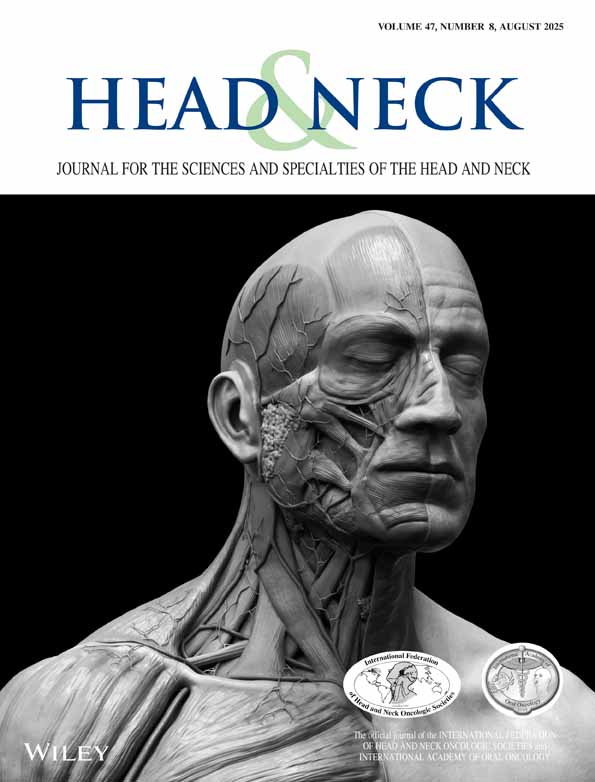Accuracy of fine-needle aspiration cytology of salivary gland lesions in the netherlands cancer institute†
This study was presented as a poster at the fall meeting of the Netherlands Society of ORL and Cervicofacial Surgery in 2001, Amsterdam, The Netherlands
Abstract
Background.
To evaluate the accuracy of fine-needle aspiration cytology (FNAC) in salivary gland lesions in a tertiary referral center.
Methods.
A cytohistologic correlation study was performed using an automated pathology database of 1023 patients diagnosed with a salivary gland lesion.
Results.
In 388 cases, both cytology and histology were available. Using cytologic confirmation of malignancy as the starting point, the sensitivity, specificity, and accuracy of FNAC in this study were 88%, 99%, and 96%, respectively. Exact type-specific concordance of the malignant diagnosis was achieved in 66 (88%) of 75 cases and in 211 (95%) of 223 benign cases. Of the 19 cases with a cytologic diagnosis “cyst,” four proved to be malignant. A non-neoplastic lesion at cytology proved to be correctly classified in 53 (68%) of 80 patients.
Conclusions.
Our data show that cytology is a reliable and accurate technique to assess lesions of the salivary glands. The cytologic diagnosis of “cysts” and “non-neoplastic lesions” should be interpreted with caution. © 2004 Wiley Periodicals, Inc. Head Neck 26: 418–424, 2004




